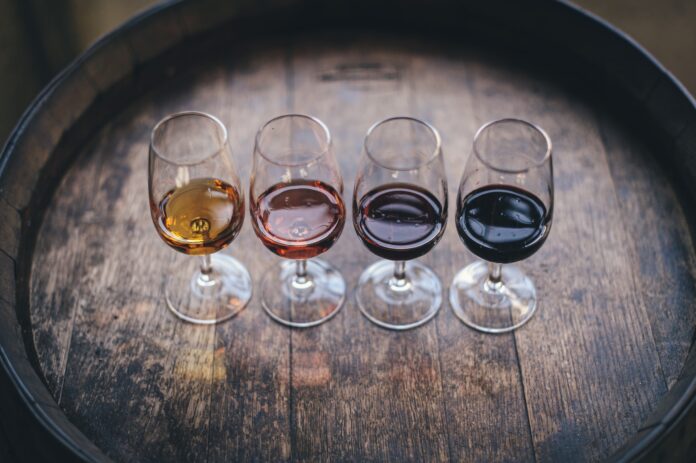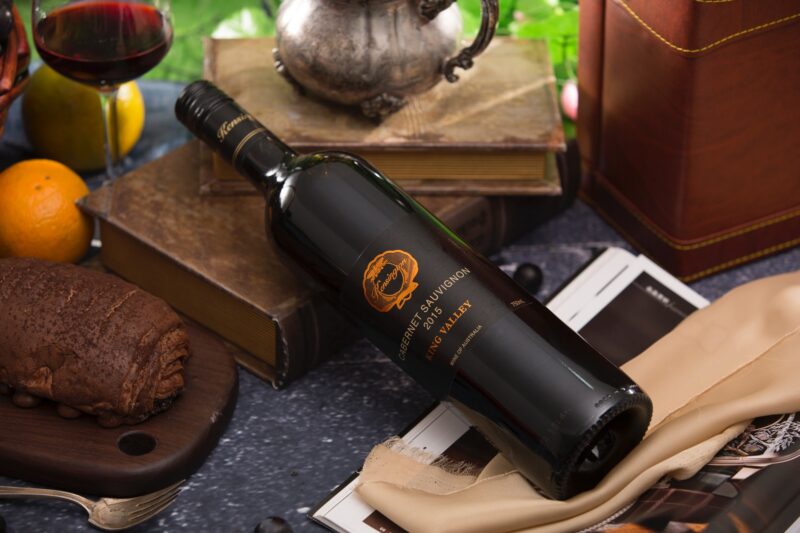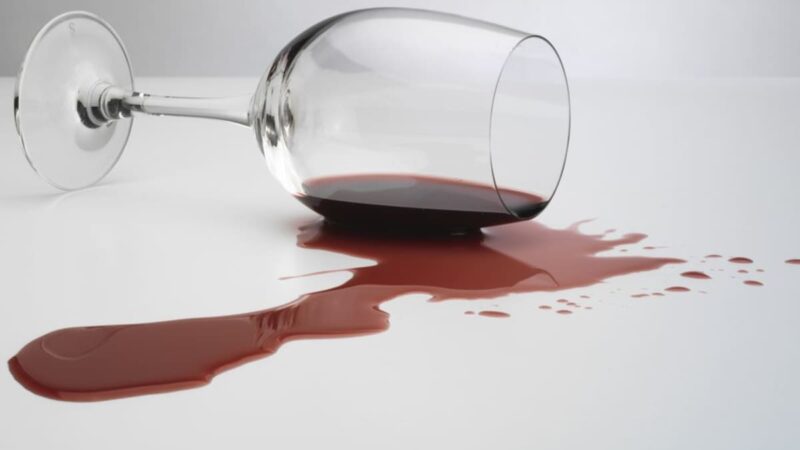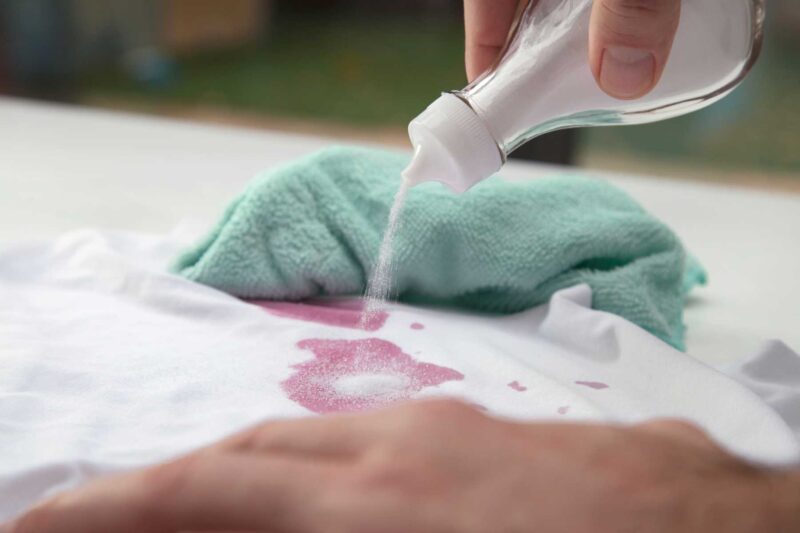
When you dine in a restaurant, waiters or sommeliers can assist you in selecting the perfect wine. But, how would you pick a wine all by yourself? It is bewildering to search for the best wine for your taste buds. There are several wines out there to taste, and several factors might affect the pleasure of the wine you are taking in.
The good news is, you only have to understand the basic information about wines to help you learn more about which one to choose. Although choosing a good wine is subjective, there are characteristics you have to look after.
- Acidity
- Alcohol
- Body
- Sweetness
- Tannin
Each one of us has a different preference for these wine characteristics. But, knowing the right ones to look after helps you find the must-taste bottle of your preference.
Must-Taste Wines

The best wine for your palate is a matter of preference, whether or not you begin your wine drinking with red or white wine. But, in general, white wines are the best for beginners. White wines are lighter and easier on the palate than red wines.
Here are a couple of white wines great for starters:
1. Moscato d’Asti
An off-dry wine from Italy with a delight and slightly frizzy touch. Whenever you take a sip, its crispy sweet aroma will tickle your nose. Moscato d’Asti has apricot and almond flavors.
2. Pinot Grigio
If you are looking for a friendly-taste white wine, the Pinot Grigio is the best choice. It brings a light body and crisp finish and flavor, making it a perfect try for first-timers.
3. Riesling
This wine has a wide range, from dry to super sweet. If you take a sip of the Riesling wine, you will understand why most wine enthusiasts like it. Its crisp citrus, mineral flavor, light body, and bright acidity make it perfect for casual wine drinkers.
4. Sauvignon Blanc
The same as white wines, you have to start with simple red wines. As your wine palate develops, you can move on to complex and full-bodied red wines.
Here are some of the red wines we suggest for starters:

1. Beaujolais Nouveau
The French wine is known as “drunk young.” It is a favorite drink for new wine enthusiasts, but you have to secure yourself as it easily gets sold out. Beaujolais Nouveau releases every November, but it’s out of the shelf before Christmas. You will love the light and fruity taste of this wine. It does not have any heavy tannins, making it the favorite wine for most beginners.
2. Pinot Noir
You will get fond of the light to a medium taste of this wine. It’s easy to fall in love with Pinot Noir. More so, it is best to pair with steak!
Indeed, wine flavors are unique. But, there will be a flavor you will enjoy more than the others.
Wine tasting or pairing wine with meals makes the moment heartily. Indeed, nothing goes wrong with a glass of wine! But some unfortunate situations might happen, wine spills. It is a nightmare to see wine stains on your favorite clothes or, worse, on the carpet!
When it comes to wine spills, there’s no time to worry! You have to deal with it straight away; if not, you might have difficulty removing the stains. If you plan to have wine, it is better to know how to remove wine stains effectively first.
How to Remove Wine Stains Effectively

As mentioned, you have to act quickly in pre-treating wine stains. If you are not at home to deal with the stain immediately, pour sparkling water or soda water on the stained area as soon as possible. The bubbles on the sparkling water or soda help push the stain out of the fabric.
Note: Some advice to sprinkle salt on the stain; do not do it! Wine, especially red wines, contain tannin, which can set the stain permanently on the fabric.
The next thing you have to do is blot the stain thoroughly. Do not rub the fabric as it only spreads the stain. Instead, use a clean cloth and dab on the stained area.
Before you wash the stained cloth, ensure that the fabric is color-safe and washable. Some commercial wine stain removers may not be safe for your garment.
DIY Stain Remover

If you are more comfortable with natural or readily available ingredients, then here’s a list of DIY wine stain removers.
- Baking Soda. You have to flush the wine stain with cold water before blotting it with a clean white cloth. Sprinkle baking soda onto the stain and wait for a few minutes before rinsing it with cold water. If the stain did not lift out entirely yet, repeat blotting the stain before laundering it as usual.
- Dish Detergent. It is better to test the dish detergent first at an inconspicuous place of the cloth before proceeding with this method. Apply the dishwashing detergent to the stained area. As the detergent soaks into the fabric, the stain begins to fade. Once you notice the stain fading, launder the cloth as usual. However, if you see it’s not disappearing, rinse the dish detergent immediately as it may weaken the cloth’s fibers.
These techniques are quite similar if the stain happens to your carpet or upholstery. However, carpets and upholstery are bigger and much more challenging to handle. It would be better to bring them to a professional launder like lioxclean.com.
Bringing your carpet and upholstery to a laundry expert is the most realistic solution when tackling severe stains. Often more, when you try to deal with the stains by yourself, the stain becomes worse.
Final Thoughts
Just like your food preference, the wines you enjoy and prefer change over time. But, so as your worries with stains. Whether you prefer a semi-sweet or sweet white or red wine, always have the knowledge to combat stains. As you select a wine for yourself to enjoy, remind yourself of the precautions and best things to do in washing your stained cloth, carpet, or upholstery.



















